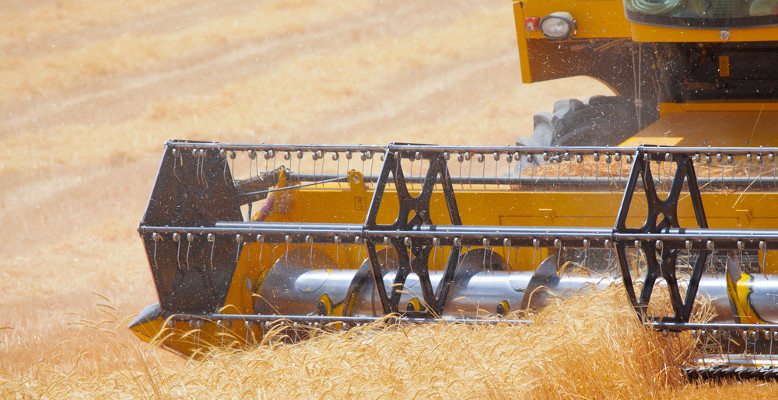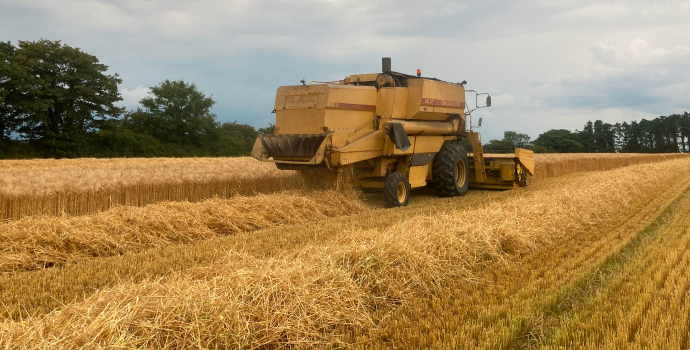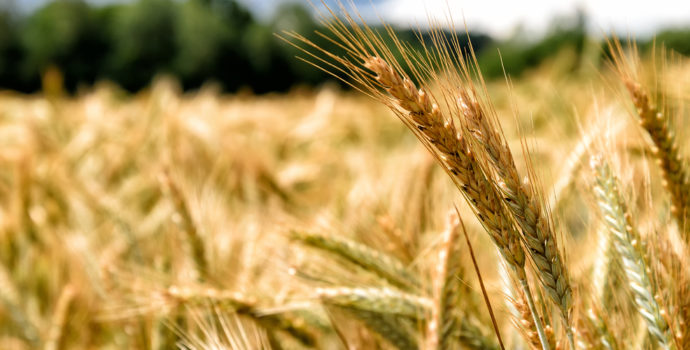
There is no change in the domestic market with barley still slow to move due to the import of cheaper maize. This situation is really unacceptable considering we have had one of our lowest barley harvests on record. On the other hand, there is good demand for wheat as it is more difficult to substitute in rations. The Malting barley pricing structure for harvest 2019 will be based on the French FOB Creil for Planet barley which has remained at the recent highs of €189/t.
Native/Import Dried Prices
| Spot 02/04/19 | April – Jun 2019 | New Crop 2019 | |
| Wheat | €203 – €206/t | + €1/t per month | €183-185 |
| Barley | €185 – €187/t | + €1/t per month | €173-175 |
| FOB Creil Malting Barley | €189/t July 2019 | ||
| Oats | €225 | ||
| OSR | €365 | €370 | |
| Maize (Import) | €180 | €177 | €177 |
| Soya (Import) | €330 | €330 |
Corn (Maize) futures fell by up to 4% last Friday after the latest USDA survey revealed that 92.8m acres of the crop will be planted in the US this season. This figure is up 3m acres from last year and is up 1.5m acres from a previous survey of farmers. The rise in planted area far outweighed the 3% fall in corn stocks, which analysts had expected to be larger. On a positive note corn futures have made a comeback since Monday as traders considered that the planting survey was undertaken before the vast flooding occurred in the US Midwest, which could affect timings and decisions regarding planting of the crop.
Meanwhile wheat futures also fell in tandem with corn, but not to the same extent. In its first crop condition report of the year, the USDA said that US Winter wheat crops are in good condition and this has also added some bearish sentiment to the US futures market in particular. The Matif wheat in France has fared better as the weaker euro and talk of dry conditions in some European regions stabilised the market.
Soybean futures have largely flatlined as stock levels reported by the USDA are currently at record levels for the start of the planting season. In addition, if wet weather in the US delays corn planting than this land may well switch to later planted soybean, therefore increasing supply. On the bullish side, prices continue to be supported by news of continuing exports to China but volumes are still well below levels from recent years.


